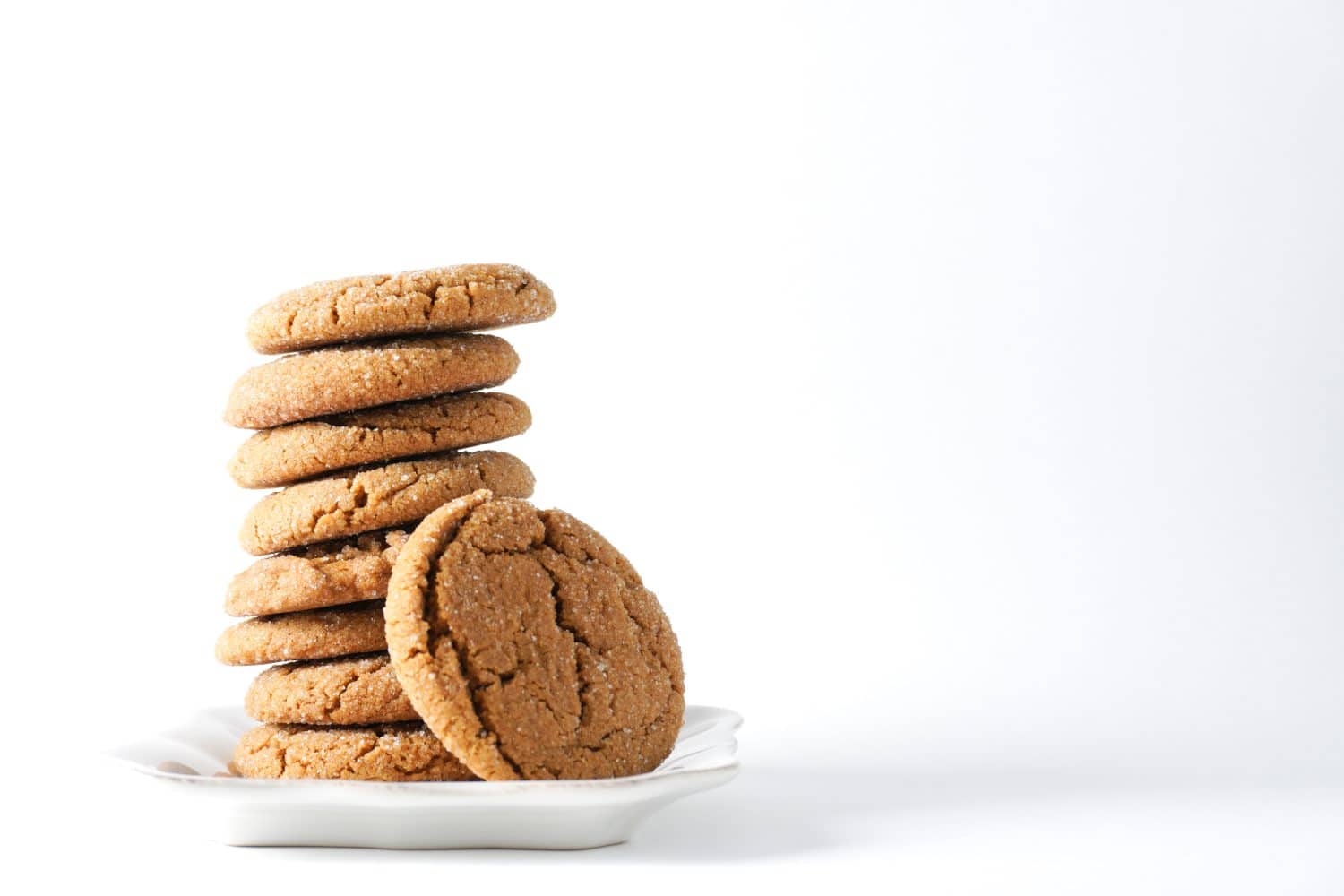Preparing meals and snacks challenged home cooks in the 1940s due to food rations. Priority for non-perishable foods went to WWII military members and companies that canned meats and other filling meals, which limited supplies. With WWII, sugar became the first rationed item, followed by coffee, and then processed items like canned fruits and vegetables, bottled juices, and even dried spices. Families had to become creative when preparing foods from the ‘40s.
According to the Oregon Secretary of State, a family of four received 192 points for processed items like canned and frozen foods and 256 points for meats, fish, and dairy. Those points had to last the month. A can of tomatoes might cost 18 points, so 10 cans is all it took before you were out. As a result, people had no choice but to stretch items to last as long as possible.
I grew up in a household where one parent was a multi-generation Vermonter, and the other was from the U.K. My dad grew up on a farm with chickens and cows. My mom grew up in a family of North Sea fishermen. Their stories about rationing were very different.
While my dad’s family had eggs, milk, and fresh produce on their farm during rationing, my mom’s family had plenty of seafood available, but fresh fruits were less common. The recipes my grandparents relied on fit the times and availability of ingredients. Classic 1940s snack foods were not something they often had.
I pulled out my grandmother’s recipes and my mom’s books about what foods from the ‘40s they were making. Join me as I explore the mix of 1940s recipes, meals, and popular candies and snacks they enjoyed in the ’40s. (Also read about the foods I grew up with three decades later in “Vintage Foods From the ’70s Worth Trying Now.“)
Bread Pudding
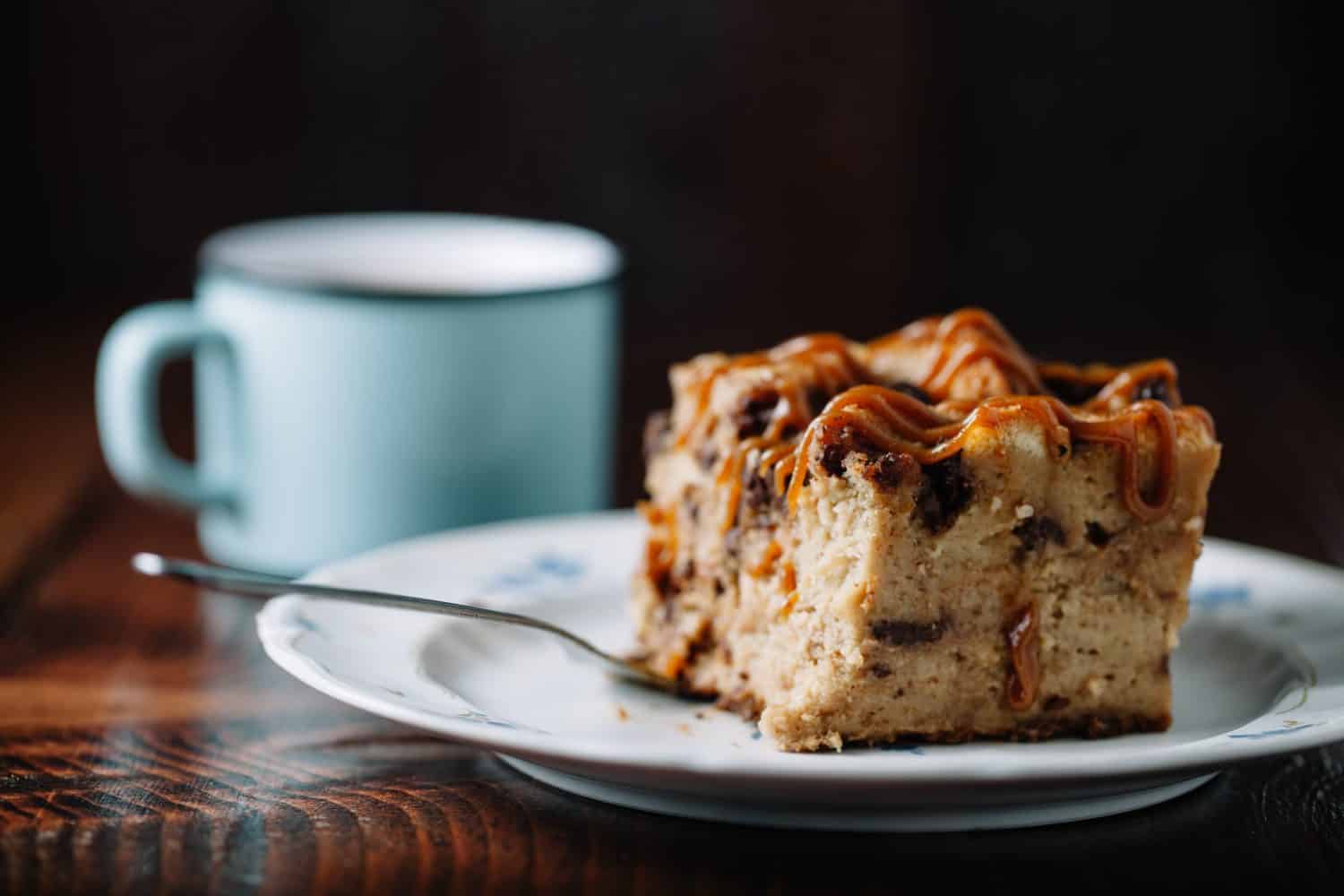
This remains one of my top desserts that was popular in the 1940s. It used up stale bread, which made it a good use of kitchen supplies when rationing. Make a custard of milk, eggs, and maple syrup or sugar. Pour that over the cubed stale bread, add some spices like cinnamon and ginger, and bake it until set.
Chef’s Potato Salad
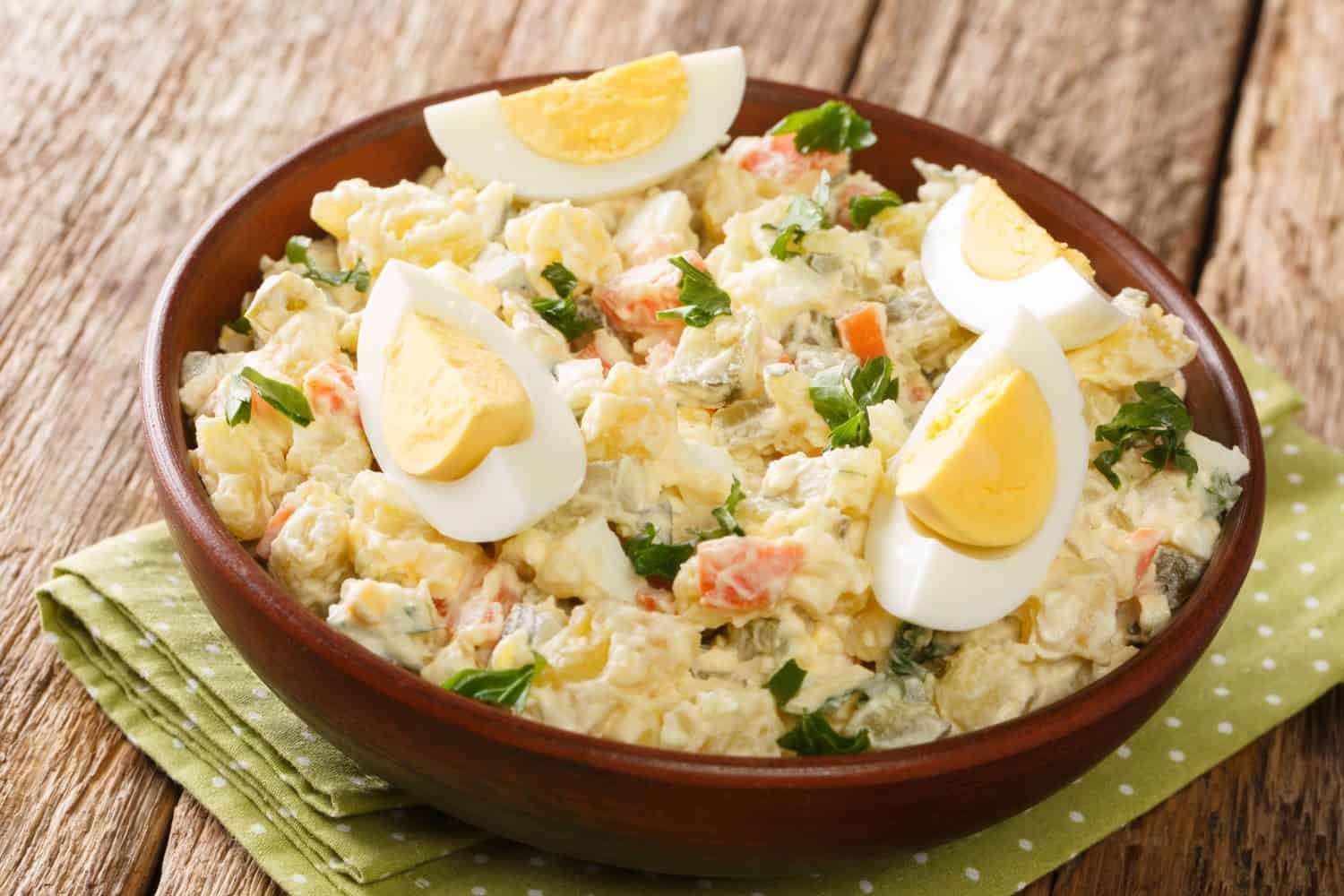
Using up leftovers was important during rationing. This is where the Chef’s Potato Salad came in. It used up leftovers like cooked hot dogs or Spam by incorporating them into a potato salad with cooked potatoes, onions, peas, diced cheese, celery, and hard-boiled eggs. The idea was to use up whatever you had and not follow a specific recipe.
Creamed Chipped Beef on Toast
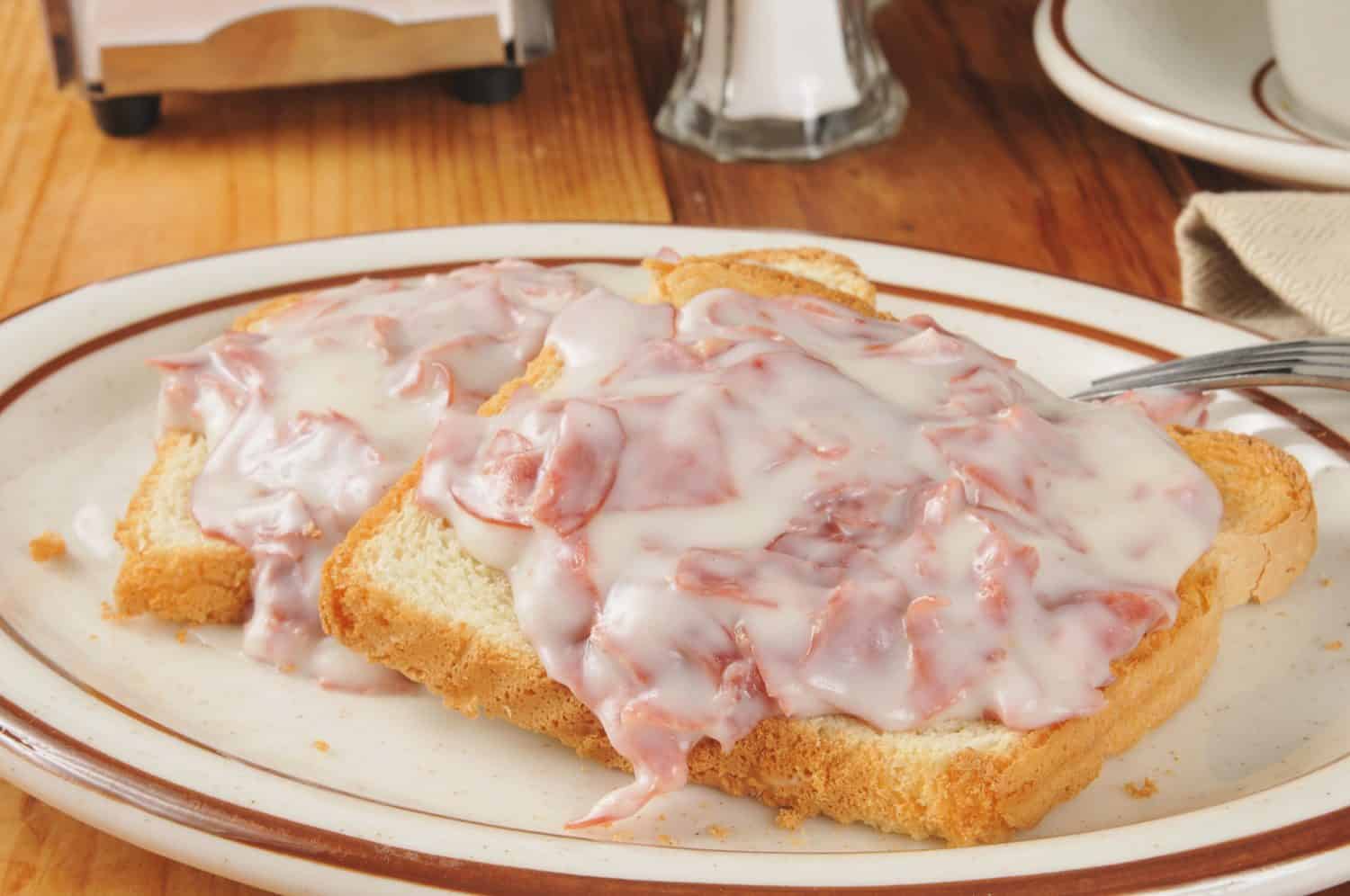
My dad didn’t often cook, but when he did, this meal was one he’d had a lot during rationing. The availability of milk on his farm made it an easy 1940’s dinner for his family. The name he gave it, SOS, is what he claimed his military family called it.
Packaged dried beef was mixed into a milk and pepper gravy and served on slices of buttered toast. To make the gravy, he’d make a roux from butter and flour, add in the milk and pepper, and stir in the beef as the gravy started to thicken.
Custard Pie
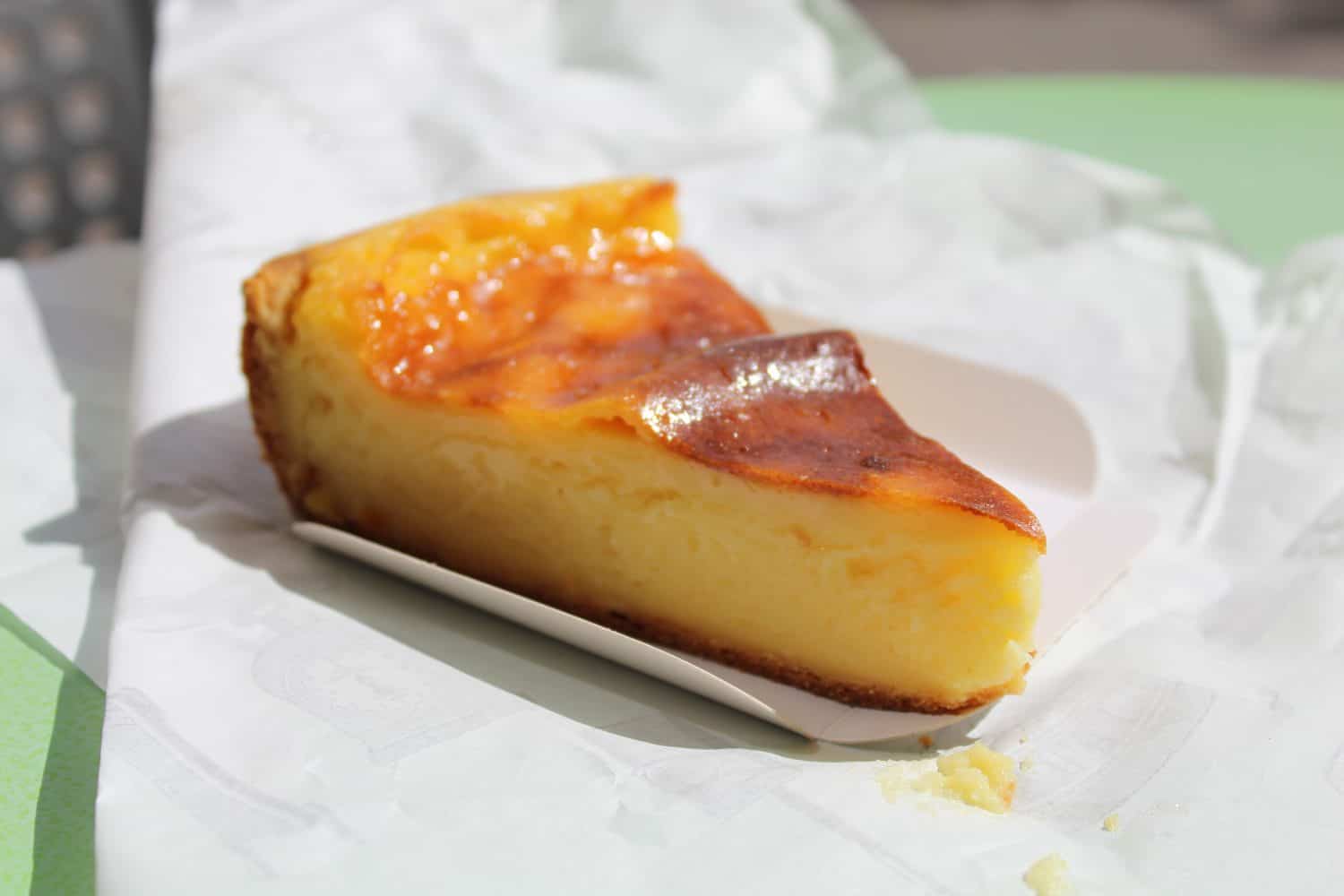
Because eggs and milk were more available to my dad’s family, custard pie was one he talked about. It was a mix of ½ cup of sugar, 2 ¼ cups of milk, ¼ tsp of salt, ¼ tsp of nutmeg, and three eggs. That was poured into a pie shell and baked until set.
Ginger Molasses Cookies
My grandmother stashed these cake-like cookies in her chest freezer in an old coffee tin. They used little sugar and focused more on molasses. As kids, we knew exactly where to find them and sneak them when we thought no one was looking. She would cream ½ cup of sugar and ½ cup lard rather than butter. She’d sift:
- 4 ½ cups of flour
- 2 ½ tsp of baking soda
- 2 tsp ginger
- 1 tsp cinnamon
- 1 tsp salt
- ½ tsp cloves
- ½ tsp nutmeg
She’d add that sifted dry mixture to the lard mixture with an egg, 1 cup of molasses, and 2/3 cup buttermilk. Once the dough was mixed, she’d roll it out and cut it into circles using a glass. The cookies bake at 325 F until cooked but not crispy.
Hamburger Soup
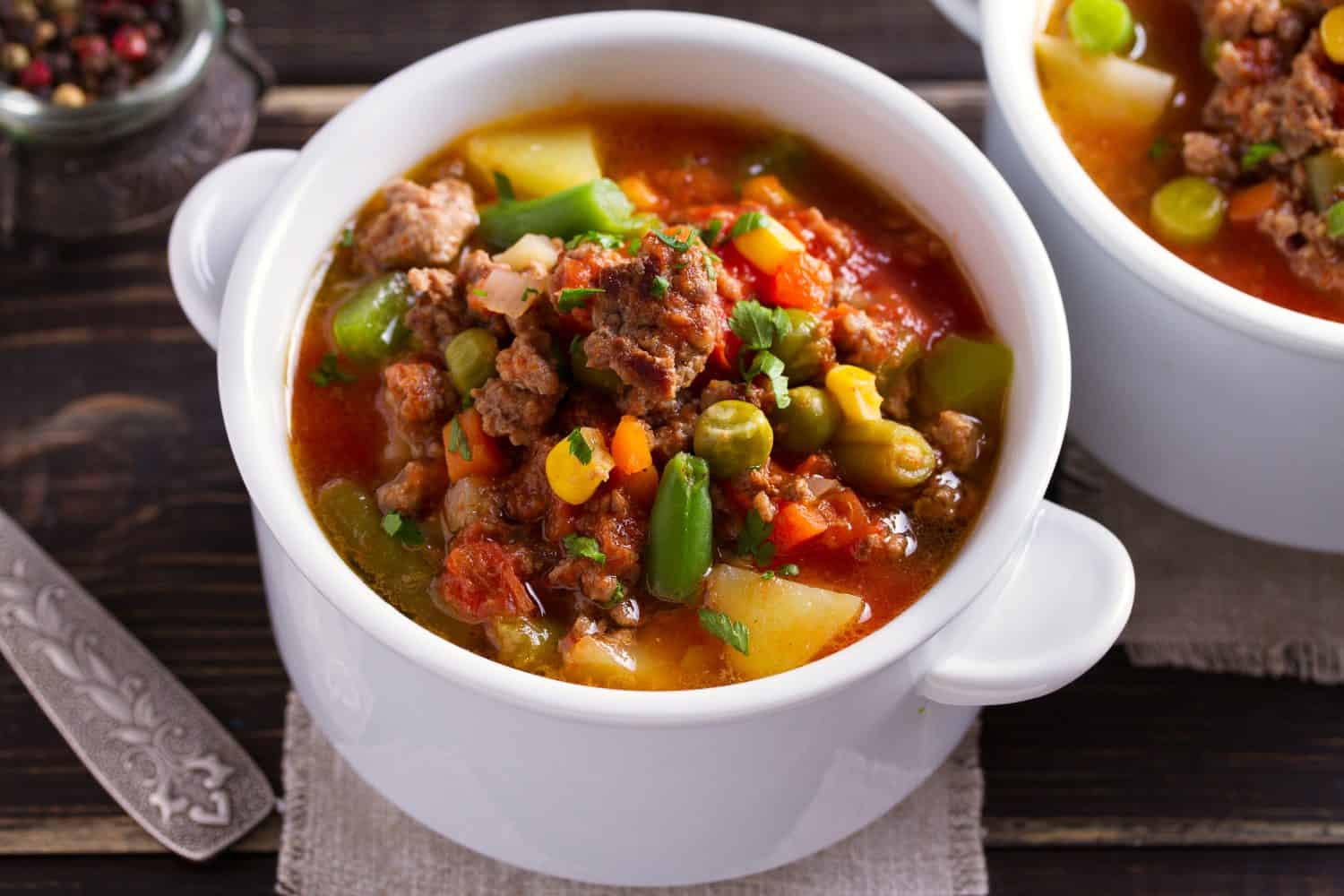
This is still one of my favorite meals, and it was a popular food in the 1940s because it didn’t use up too many rationed foods. Mix sauteed ground beef, a variety of mixed vegetables like peas, carrots, onions, and corn, and a can of diced tomatoes. Use whatever stock you prefer. It’s easy to make in a slow cooker. I keep crumbled cooked beef in freezer bags with mixed vegetables for days when I don’t feel like cooking.
Lord Woolton Pie
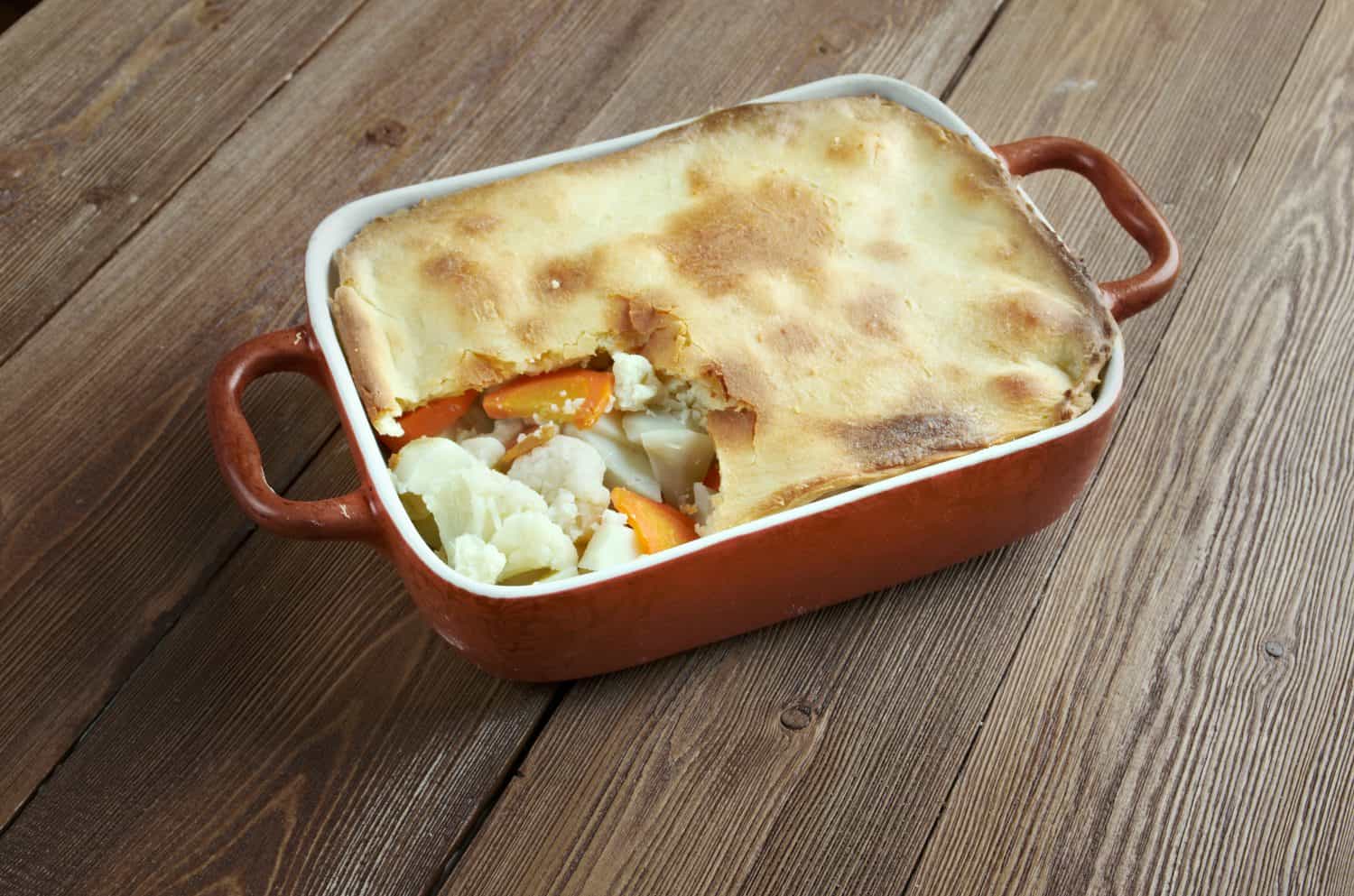
The Lord Woolton pie was easy to make and didn’t require meat, which was ideal for rationing. Instead, it was a pot pie made from potatoes, carrots, turnips, cauliflower, green onions, and oatmeal. The vegetables were browned in some kind of fat and mixed with Marmite or a vegetable bouillon cube. Uncooked whole oats were mixed in before the mixture was placed in a pie crust and baked.
Meat and Potato Patties
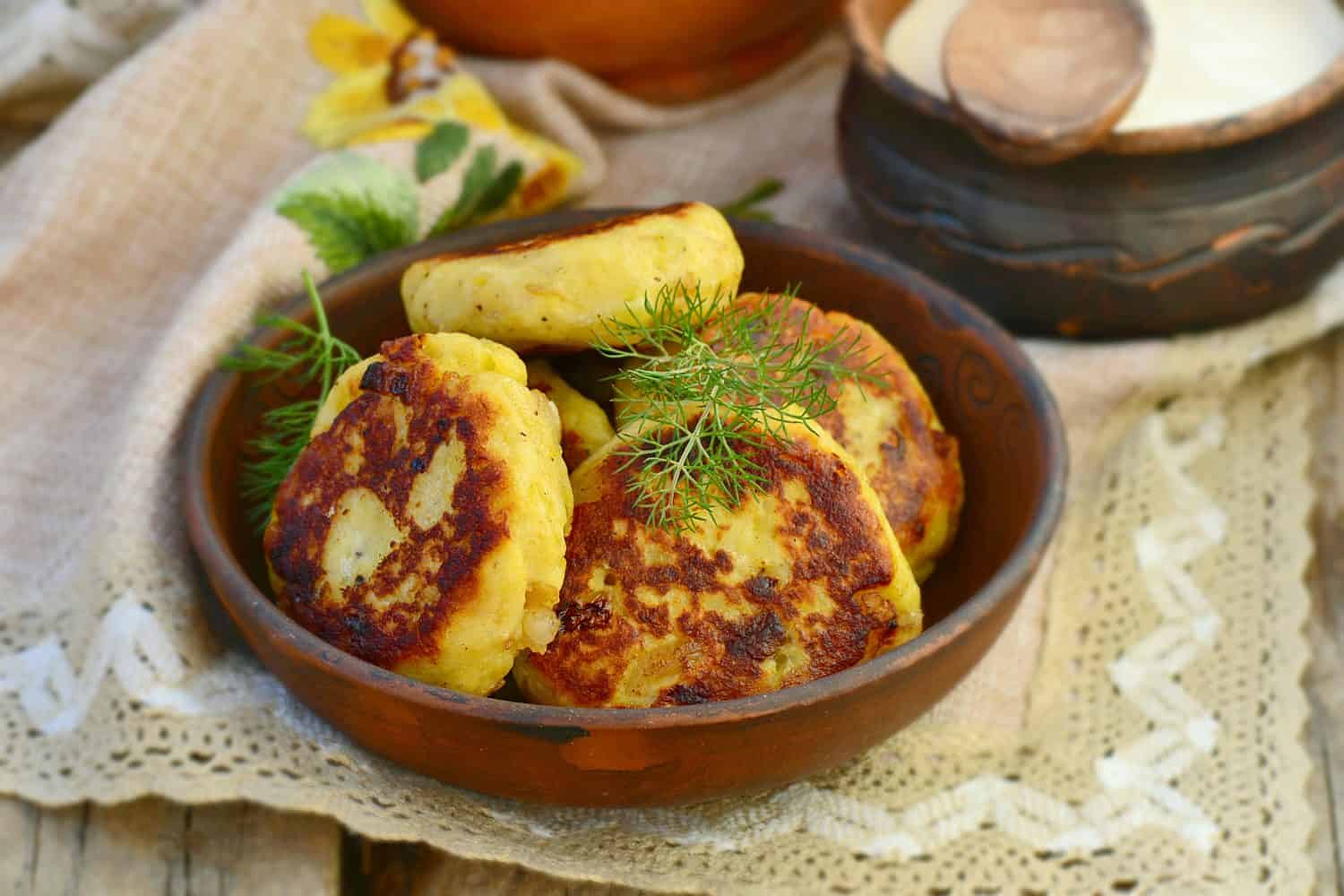
Making meat stretch to feed an entire family required thought. Many families added meat to mashed potatoes and made patties from that. Those patties were fried in butter, lard, or whatever oil was available.
Going to my mom’s side of the family, the same idea took place but with fish instead of meat. Her dad brought home fish that weren’t as high in demand, such as monkfish or skate. so they ate more fish than beef, pork, or chicken.
Mock Apple Pie
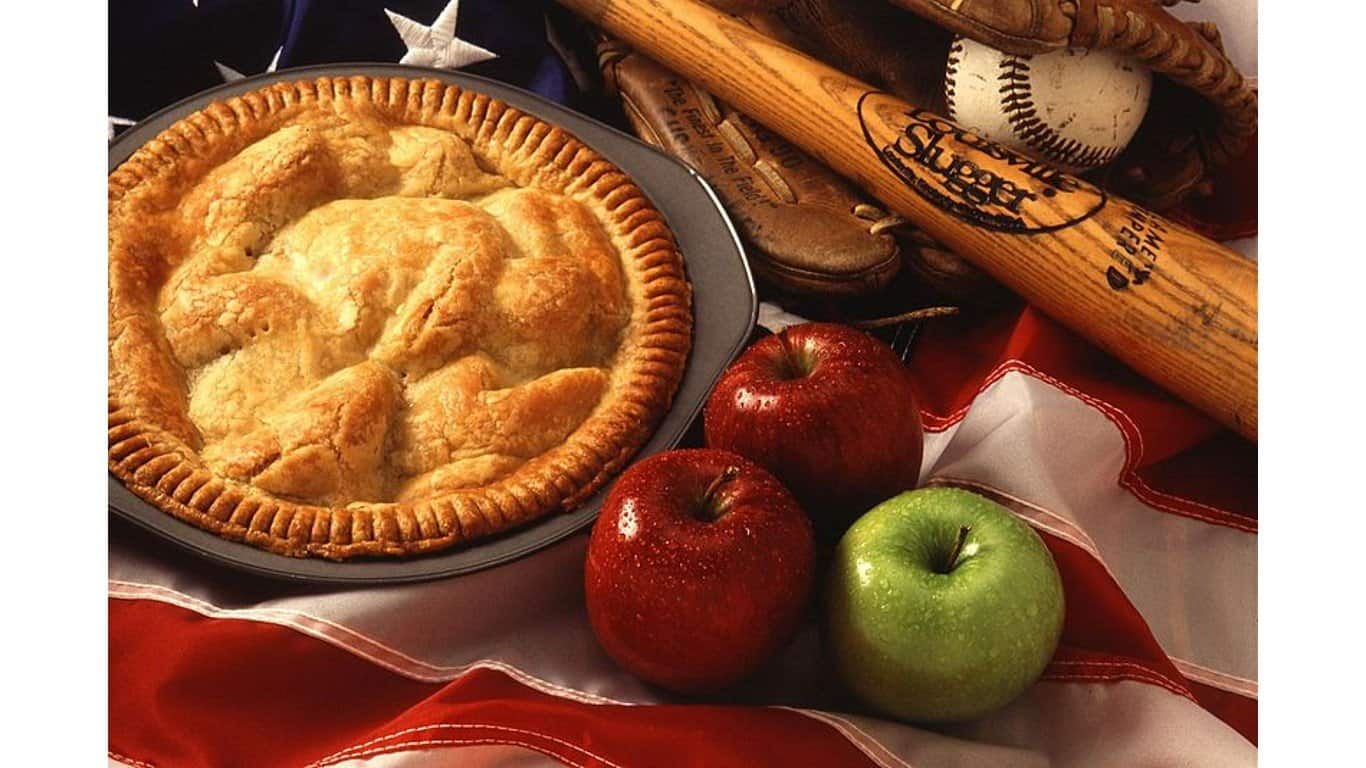
Mock apple pie came out before the 1940s, but the scarcity of fresh fruit in some areas made it a popular option for desserts in the 1940s. Instead of a pie made with fresh apples, Ritz crackers replaced the apples and relied on lemon zest, sugar, cinnamon, and butter to make it seem like an apple pie. I’m not a fan, but I know many others who cannot tell the difference. West Virginia University has several mock apple pie recipes you can test out.
New England Baked Beans
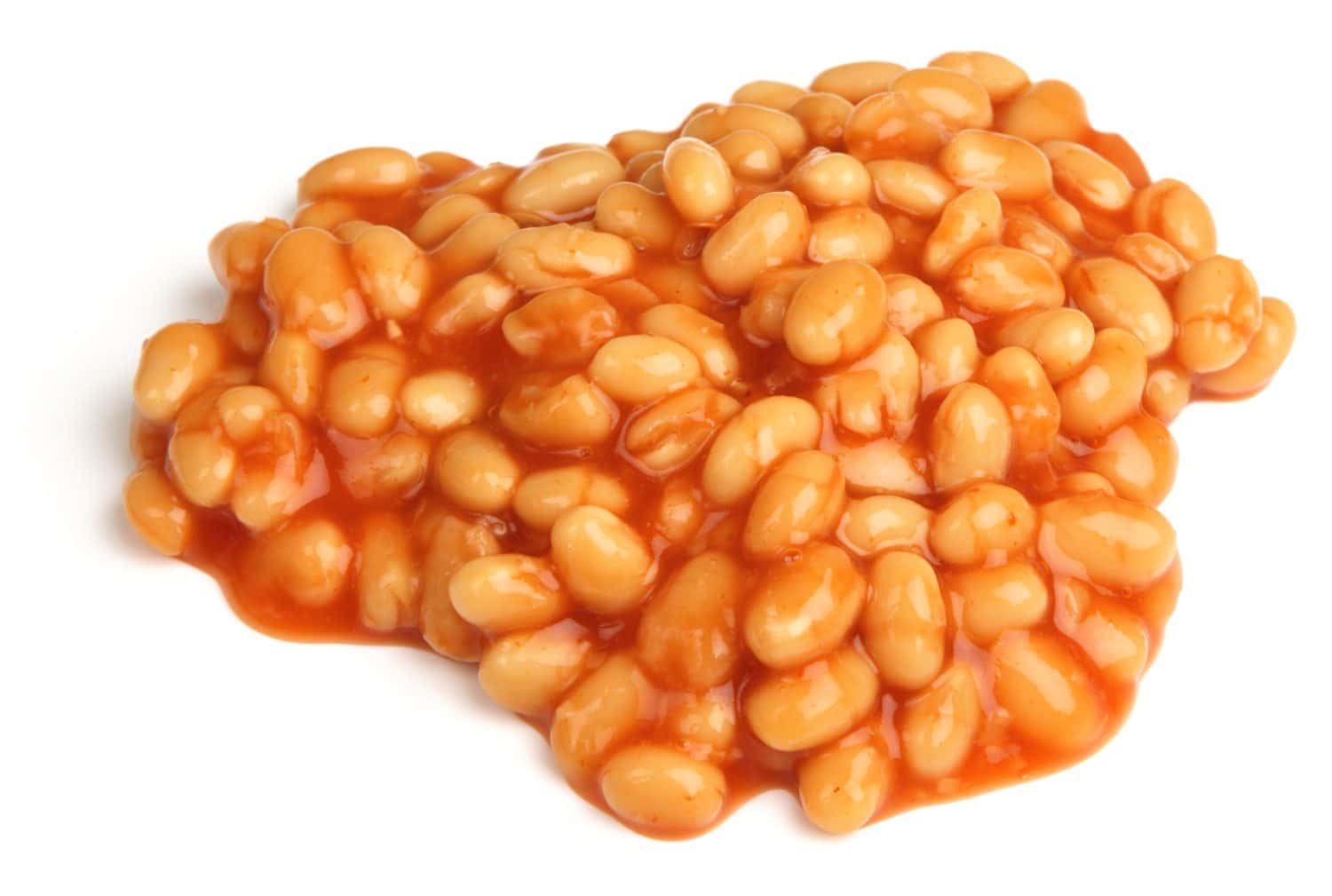
Every Vermont family I know has a favorite family recipe for baked beans. Because maple syrup was easy for my grandmother to get, she’d make hers with maple syrup, dried mustard powder, and a slab of salt pork. She would cook it in a clay pot on top of her woodstove all day, adding water, more mustard, and more maple syrup as the beans absorbed it.
Don’t confuse these baked beans with a popular candy that came out in the 1940s. Ferrara’s Boston Baked Beans were a candy-coated peanut in a single-serve box. They’re delicious, but they are not easy to find.
Oatmeal Meatloaf
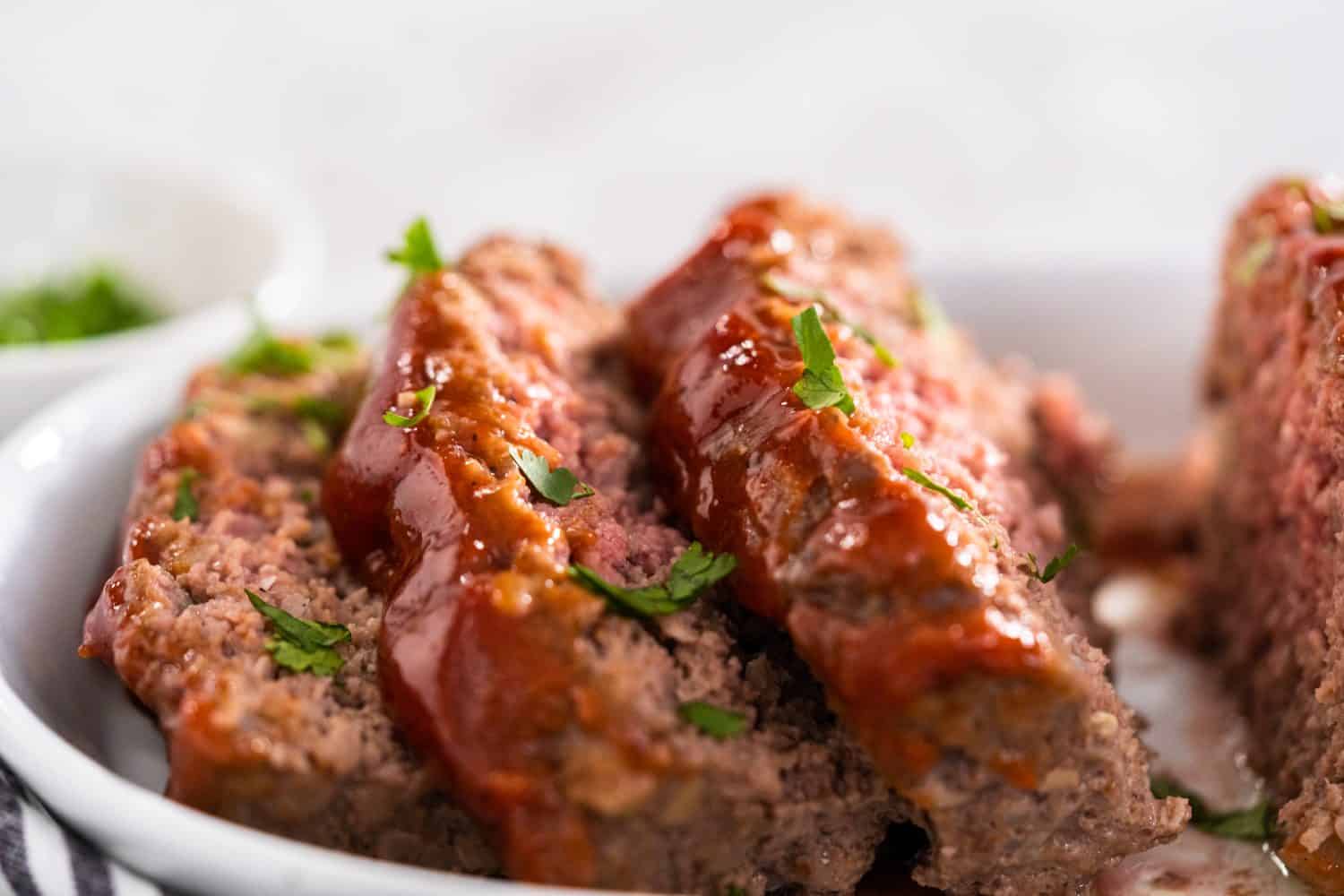
Going back to stretching out recipes to make up for the rationing of meats, meatloaf was popular. It involved mixing ground beef with a hearty grain or cereal like oatmeal. The topping of ketchup and brown sugar added a tangy, sweet coating. My husband learned to make one with a half-and-half mix of cornflakes and beef with canned tomato soup and diced onion for flavor.
Parma Violets

My mom loved Parma violets, a popular English 1940s candy. I found them to be like a flowery version of U.S. Smarties. As I’ve grown to enjoy flavors like rose and lavender in my sweets, I wish they were easier to find here. In the U.S., the closest option was Choward’s Violet Mints, a flowery mint candy that gained popularity in the 1940s thanks to Raymond Chandler’s mystery novels.
Spam and Eggs
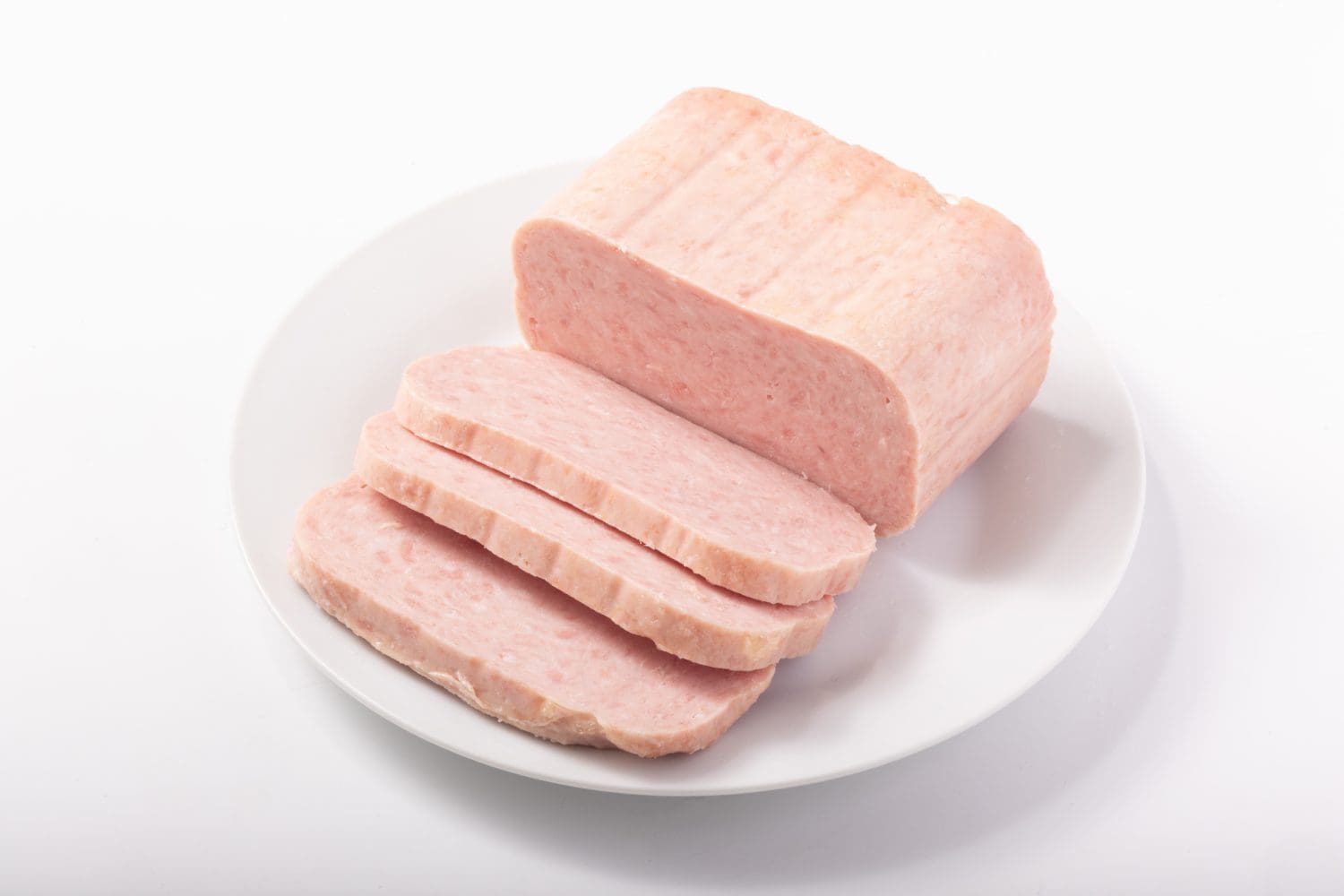
I loathe Spam, but my dad talked about it from his days in the Air Force and mentioned how it was often added to scrambled eggs for a hearty breakfast. Spam came out in the late 1930s, which makes it one of the more popular foods from the ‘40s, especially due to its shelf-life.
Teaberry Gum
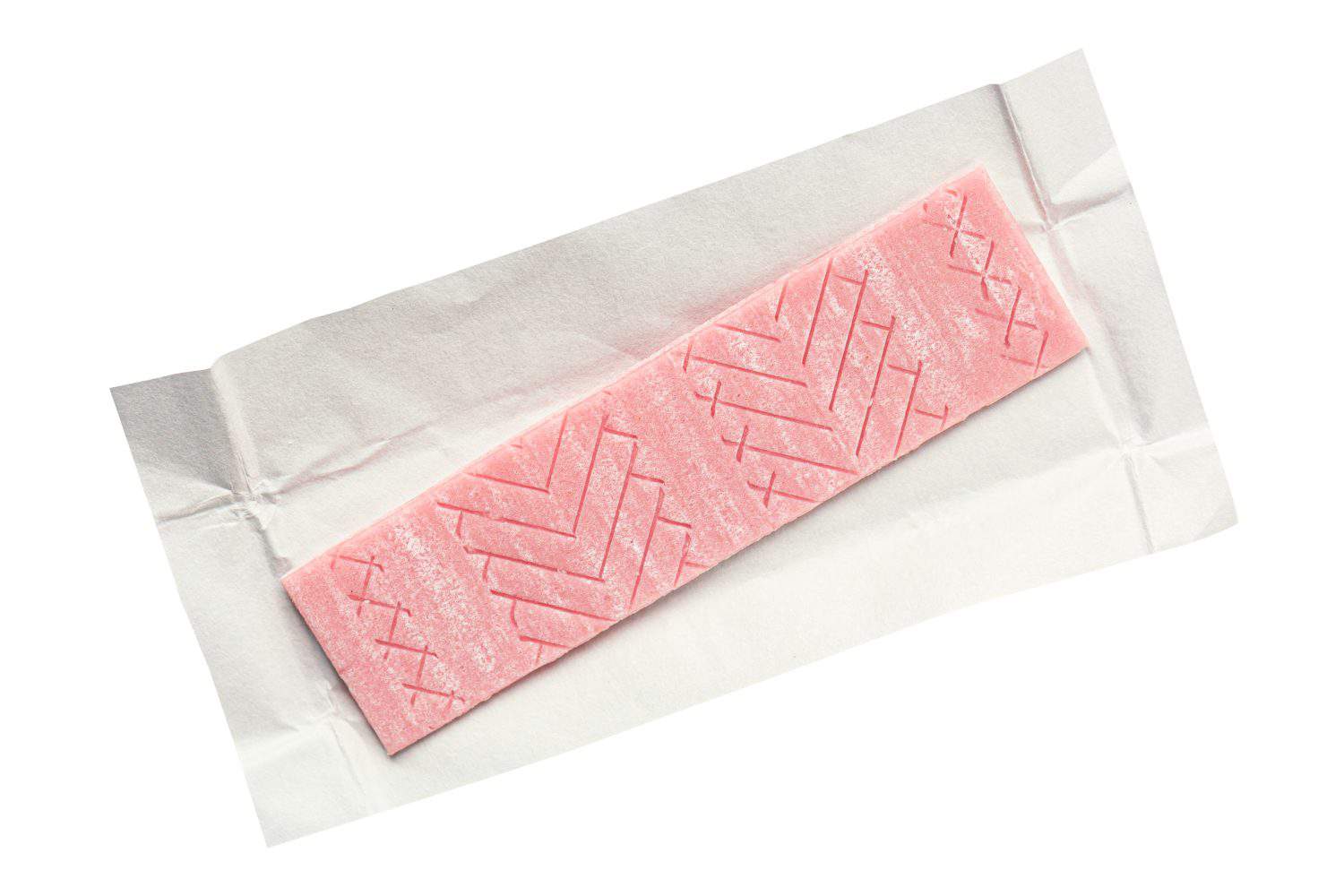
I mentioned 1940s candies earlier, and this is one that my dad loved as it reminded him of his childhood. Clark’s Teaberry gum came out well before the ‘40s, but it was popular in that era. It was a pink, minty gum that came in sticks but was marketed as a “Mountain Tea Flavor.” It’s still available today online and in specialty candy stores.
Tomato Soup
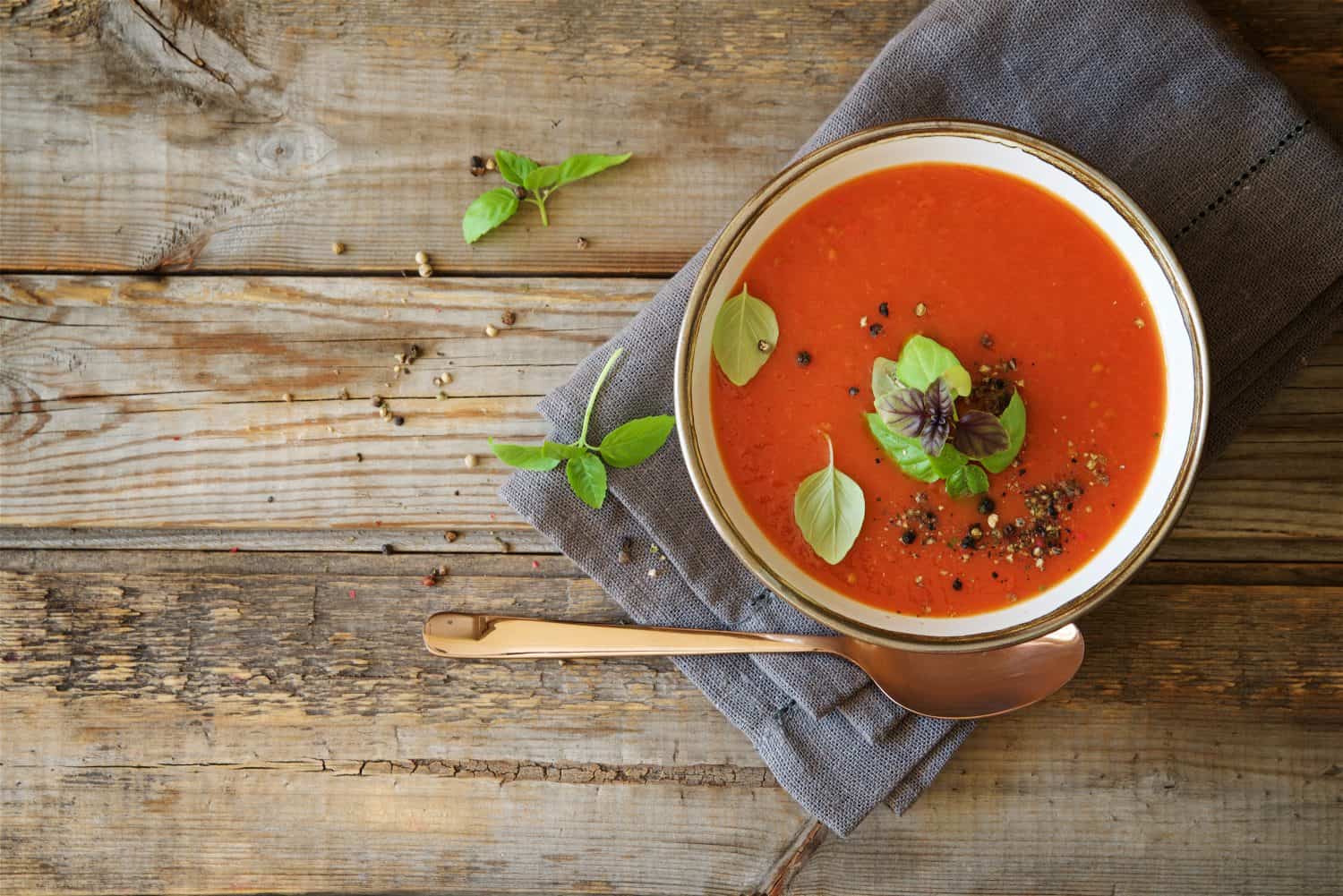
As there were no rations on fresh produce, and tomatoes were pretty easy to grow, homemade tomato soup was popular. It didn’t take much more than tomatoes, water, maybe some milk, and herbs and spices to have a satisfying meal.
Welsh Rarebit
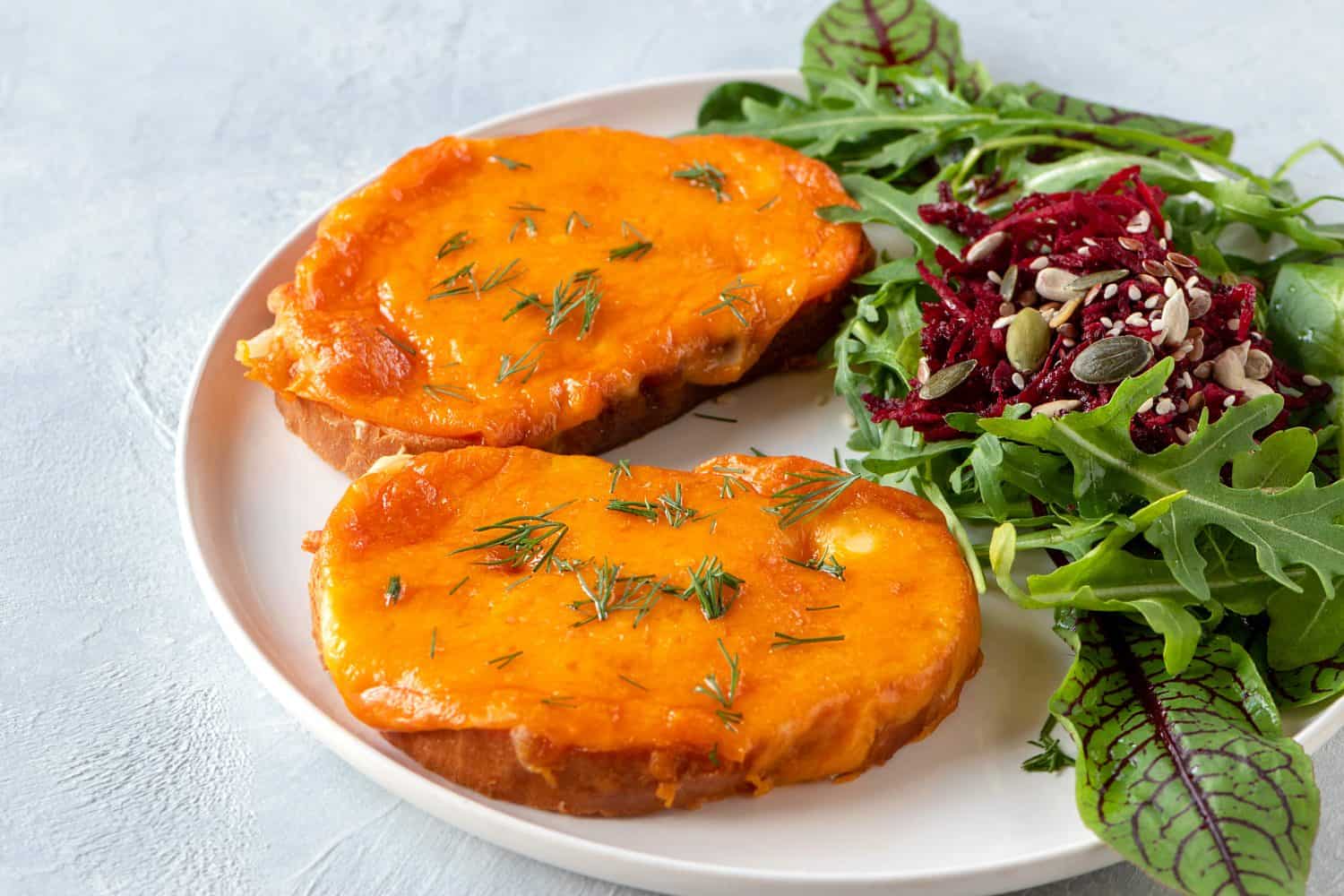
Note that this is “rarebit” and not rabbit like some mistakenly think. It was a dish my mom often made as it was filling and made the most of rationed supplies. Make a roux of flour and butter, add milk until it’s slightly thick, and add grated cheddar and salt and pepper to taste.
Ladle the cheese sauce over bread and broil until golden. My aunt made a version that is even better. She’d caramelize onions first and put those under the cheese sauce before broiling it.
Those are vintage foods from the ’40s worth trying now. As you prepare them, complete the experience by playing music from the “Legendary Music Icons of the 1940s.”
